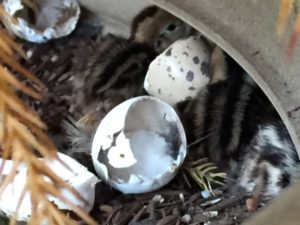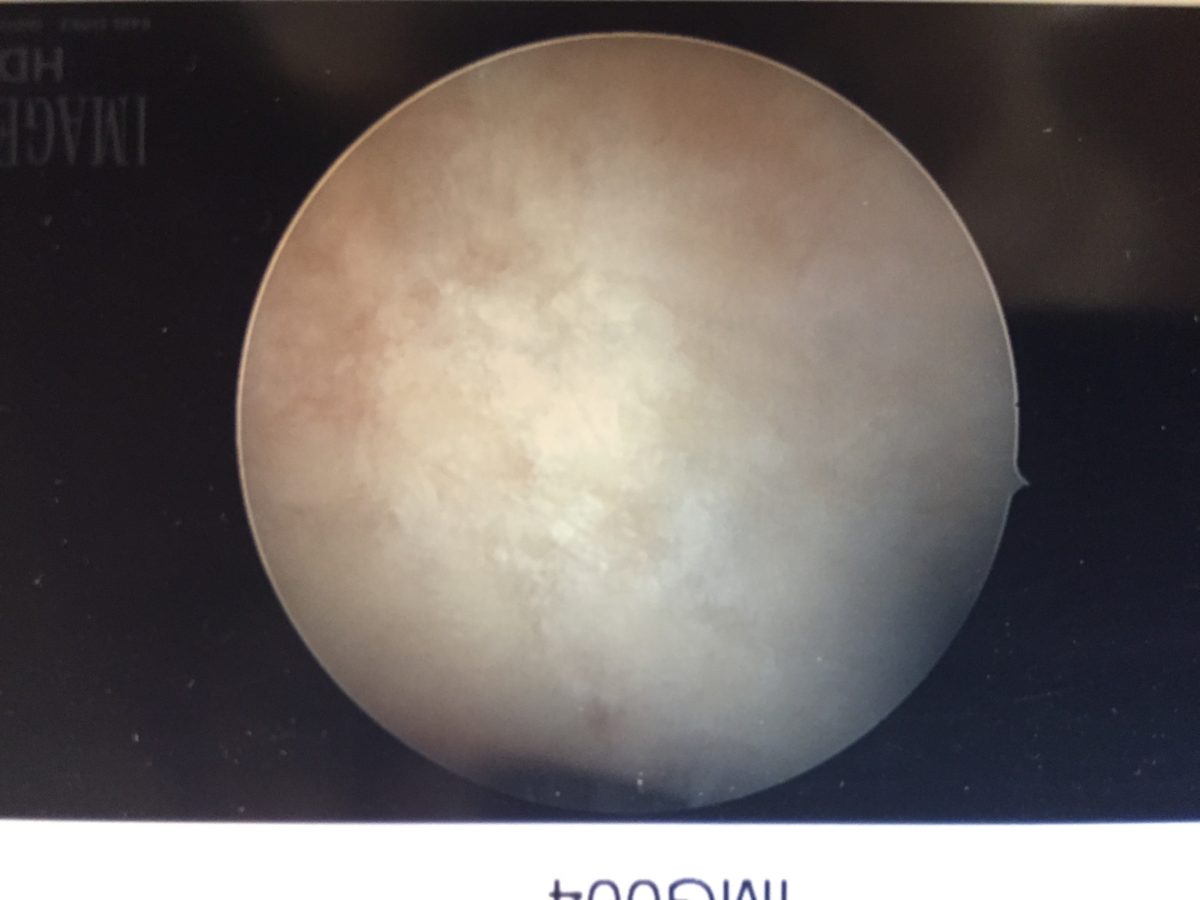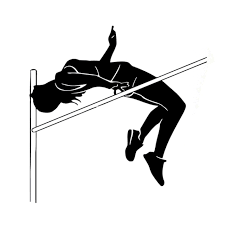A recent Guideposts magazine story (June/July 2019) talks about what’s important for a happy fulfilling life in your senior season of life: mental stimulation, spiritual nourishment, financial stability and good friends.
But my question is: why wait until the senior season of your life to pursue, seek out and enjoy those life components?
Aren’t they critical for a satisfying, well-balanced life in every season of life?
How did we get to this point?
I believe all of these components are critical and that only since the Industrial Age and now the Technology Age have we managed to compartmentalize ourselves in such a way that our life scales are thrown out of whack.
What quality of life do you have if you don’t have mental stimulation, spiritual nourishment, financial stability and good friends to share joys, pain and laughter?
Mental stimulation—
Some of us our over-stimulated mentally by our work schedules and job demands. To prove that truth, work or job “burn out” has recently become an official medical diagnosis. It isn’t always our fault—technology and a company’s demands that the employee always be connected, reachable and ridiculously overloaded—fuels the depression and burn out pattern. I really think employees need to start pushing back on that one, or do some serious self-analysis on how important that job or career is to them.
Plenty of millenials are doing just that—choosing to ditch the nine-to-five-plus rat race and opt for a richer, more stress-free life and fewer belongings. Kudos to them for prioritizing a little better than our generation or generations before us have.
Spiritual nourishment—
At any season of life we need spiritual nourishment. Study after study shows that people who worship regularly in a corporate setting and indicate they have a religious affiliation are happier and more satisfied with life. They also have better connections with others and are healthier mentally.
Unfortunately, this is an area many younger people have abdicated, adopting the erroneous belief that religious life is unnecessary, or eschewing church-going as old fashioned or believers too hypocritical.
I say they should get involved and be the instruments of compassion, kindness, and change they want to see. I believe they will eventually pay a steep price for abdicating this critical life component.
Financial stability—
Honestly, due to economic ups and downs and unpredictability, I’m not sure financial “stability” is ever achievable. But good goals are to always live below your means, within your means, save all you can, spend all you can, and give away all you can. And to live as debt-free as you possibly can. Being, and feeling like a slave to a lender is physically, emotionally, and spiritually exhausting and depressing.
The common adage is that older adults live on a “fixed income.” But most people I know live on a fixed income of some sorts throughout their lives, unless they’re salespeople that depend on sales quotas, or company managers that enjoy yearly bonuses based on company performances.
Otherwise, you get the same paycheck week after week after week. And then maybe you get a raise. Even seniors get a yearly social security raise every year, even though it’s tiny and usually swallowed up by apartment or housing rent that increases accordingly.
Good friends—
How many good friends do you have? I mean really good friends. Not just friendly co-workers, classmates or acquaintances, but people with whom you can share your deepest thoughts?
People you can pray with, people who pray for you. The ones you can call in an emergency and who will be there for you.
I’m working on the friend component this week.
I’m visiting a friend who was by my side as we raised our children together. I was heartbroken when her husband transferred to a new job in a new state, MANY miles away, but I was determined to keep our friendship nurtured in spite of the physical distance that now spreads between us.
I didn’t want to allow our friendship to dissolve into infrequent text messaging or once-a-year Christmas card sending, so, as soon as they moved into their sprawling new home, (lots of bedrooms and no kids left at home), I told her to get the guest room ready for me to visit. Lucky me, she was happy to comply! (And I bought the airline ticket before my pragmatic brain told me no.)
And Chris and I did some friend nurturing Memorial Day weekend, too.
For my naturally-introverted husband, socializing can be taxing and stressful. To re-energize, he likes to spend time alone, or with just me, doing something we enjoy together, or just sitting on the couch enjoying Friday night movie time.
I, on the other hand, swing from lets-have-a-PARTY! extrovert, to I-desperately-need-some-time-alone, to hovering between the two extremes. Sometimes I re-energize through crowds and people contact; and sometimes I just have to be alone.
So when I expressed to Chris my desire to pack duffel bags and head 500 miles west to celebrate our friends’ daughter’s wedding, I didn’t exactly get a rousing “Yahoo!” response from him. I pretty much told him that I’d already replied with a yes. After several weeks of wrapping his brain around it, he warmed up to the idea.
And we had a blast!
Of course, I threw in a surprise two days post-wedding for us to spend on the beach in San Diego, not far from where we lived in a 32-foot fifth-wheel trailer when our older son was born. It was a walk down memory lane. And he couldn’t stop thanking me for both the wedding enjoyment followed by relaxing, no-stress down time. He returned home rejuvenated and happy. We both got the best of our own worlds!
I’m doing this trip alone, for some serious girl time. My friend says she has the week scheduled with outings, hiking, sightseeing, swim, sun and rest time.
The engineer and I have a couple other trips planned for this summer, to nurture our relationship and the family ties. Yes, taking them is going to cost us more than a financial counselor would advise us to spend, but we’re banking on the relationship, love building and joy out-weighing the financial burden.
Great motto to guide your life—
As John Wesley advised: Gain all you can, save all you can, give all you can.
I think it’s pretty wise advise for life investment.
I’m just praying my trip East doesn’t come with tornadoes!
How about you?
What friendships will you nurture this summer?
Until next week,
Blessings,
Andrea
“Certainly there was an Eden….We all long for it, and we are constantly glimpsing it.” —J.R.R. Tolkien
Andrea Arthur Owan is an award-winning inspirational writer, fitness pro and chaplain. She writes and works to help people live their best lives—physically, emotionally, and spiritually.









